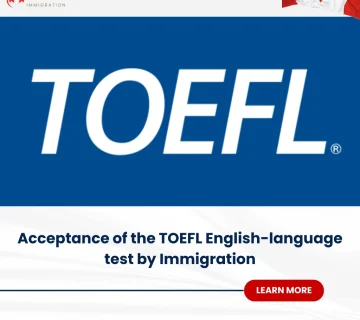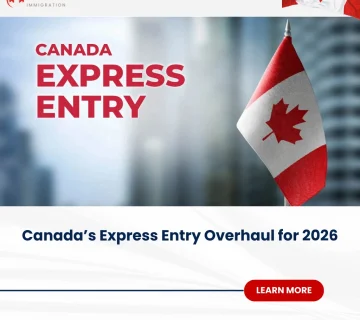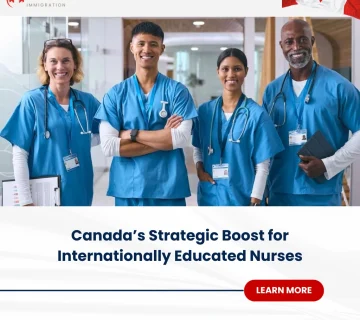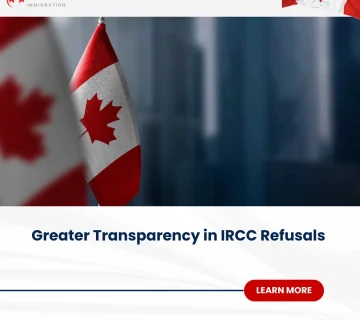
With the appointment of Canada’s new Prime Minister, Mark Carney, the country’s immigration policy has entered a new phase—one that is structured, results-oriented, and aligned with the nation’s real capacity. While some reforms are being made to reduce the overall number of immigrants, immigration continues to be recognized as a vital pillar of economic growth, innovation, and social vitality in Canada’s future.
In the mandate letter issued by Mark Carney on May 23, 2025, immigration was listed among only seven core federal priorities. The letter stands out not just for its clarity and brevity, but also for its strategic orientation, emphasizing the need to align immigration policy with the country’s economic, infrastructural, and public service capacities.
What Are the Key Elements of the Mandate Letter?
Carney’s mandate letter—true to his background in economic leadership and financial governance—sets forth a range of clear, measurable, and actionable goals. The immigration section focuses on five key pillars:
1. Stabilizing Permanent Immigration Levels
The government plans to gradually reduce immigration intake over the coming years to a “sustainable” level. Specific targets include:
- 395,000 new permanent residents in 2025
- 380,000 in 2026
- 365,000 in 2027
This reduction is designed to keep immigration levels below 1% of Canada’s projected population, while ensuring economic strength is not compromised.
Targeted Immigration: A Pathway for Skilled Workers
Contrary to some misconceptions, the planned decrease in admissions does not signal that Canada is closing its doors to immigrants. Rather, it reflects a prioritization of resources toward attracting skilled, educated, and adaptable individuals who can quickly meet Canada’s evolving economic and social needs.
Canada still faces urgent labour shortages in healthcare, technology, engineering, construction, and social services. In his letter, Prime Minister Carney announced plans to accelerate work permit processing and update the Global Skills Strategy, which presents a golden opportunity for qualified international professionals.
Hope for Students and Families
Despite the overall reduction in immigration numbers, signs of balance remain. The government is working to design fairer and more sustainable pathways for international students and long-term residents who have yet to secure permanent status.
Innovative policies are in development to streamline foreign credential recognition, increase provincial participation in immigrant selection, and formally acknowledge international work experience. These initiatives especially benefit newcomers from non-English-speaking countries, sending a strong message of opportunity and inclusion.
Immigration Remains the Beating Heart of Canada
Prime Minister Carney has reiterated that immigration remains an integral part of Canada’s economic and humanitarian future. What is changing is the method and structure—not the core principle. The government’s new approach emphasizes productivity, fairness, and social cohesion to ensure immigration continues to serve national development.
In this evolving landscape, immigrants with the right skills, motivation, and commitment to civic participation will not only be welcomed but will play a pivotal role in rebuilding and strengthening the country.
Conclusion
In the vision laid out by Canada’s new government, immigration remains central. The message is clear: while numerical thresholds may be redefined, Canada is still committed to welcoming the best and brightest. Now more than ever, preparedness, professional skills, and dedication can shape a successful future for immigrants in this land of opportunity.






